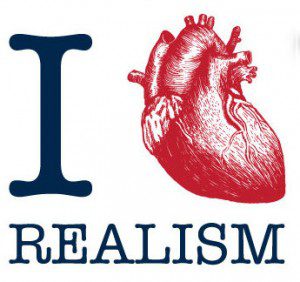Mundane Realism Definition
 Mundane realism describes the degree to which the materials and procedures involved in an experiment are similar to events that occur in the real world. Therefore, mundane realism is a type of external validity, which is the extent to which findings can generalize from experiments to real-life settings.
Mundane realism describes the degree to which the materials and procedures involved in an experiment are similar to events that occur in the real world. Therefore, mundane realism is a type of external validity, which is the extent to which findings can generalize from experiments to real-life settings.
Mundane Realism History and Modern Usage
Elliot Aronson and J. Merrill Carlsmith introduced the concept of mundane realism as a potential threat to external validity in 1968. That is, to the extent that procedures are artificial, it may be more difficult to generalize the findings produced by those procedures to the real world. Mundane realism can be contrasted with experimental realism, which refers to whether an experiment has psychological impact and “feels real” to a participant. Both are important for generalizing findings from the laboratory to the real world, but they are independent and distinct dimensions. That is, any particular experiment might be high or low in either mundane or experimental realism.
Academic Writing, Editing, Proofreading, And Problem Solving Services
Get 10% OFF with 24START discount code
For example, Muzafer Sheriffs classic Robbers Cave experiment concerning rivalry and hostility between groups at a summer camp is considered to have both high mundane realism and high experimental realism. Sherif randomly divided a group of boys attending a summer camp into two teams. The teams competed against each other in camp activities. This setting closely resembles a typical summer camp experience, so the experiment has a high level of mundane realism. Because of the great psychological impact of the manipulations used in the experiment, the study is also considered to have high experimental realism.
In contrast, Solomon Asch’s classic experiment on conformity is considered to be low in mundane realism, but high in experimental realism. Participants were asked to make relatively objective judgments concerning the relative length of three lines after hearing the answers of several of their “peers.” Those “peers” were actually confederates of the experimenter, and on critical trials, they were instructed to unanimously provide incorrect answers. Participants had stressful, realistic reactions to the conformity pressure involved in the experiment, demonstrating its experimental realism. However, the experiment was low in mundane realism because it is rare in the real world to have a majority give an incorrect answer to a simple, objective, visual task.
At first glance, it might seem that field studies are always high in mundane realism just because they occur outside of the laboratory. However, because of the potential artificiality of the manipulations that can be used in field studies, they are just as subject to a lack of mundane realism as are experiments conducted in other types of settings.
References:
- Aronson, E. R., & Carlsmith, J. M. (1968). Experimentation in social psychology. In G. Lindzey & E. Aronson (Eds.), Handbook of social psychology (Vol. 2). Reading, MA: Addison-Wesley.
- Asch, S. E. (1956). Studies of independence and conformity: A minority of one against a unanimous majority. Psychological Monographs, 70 (Whole no. 416).
Read More: